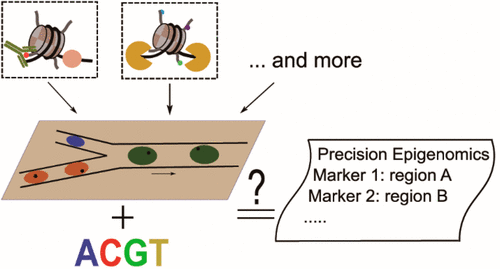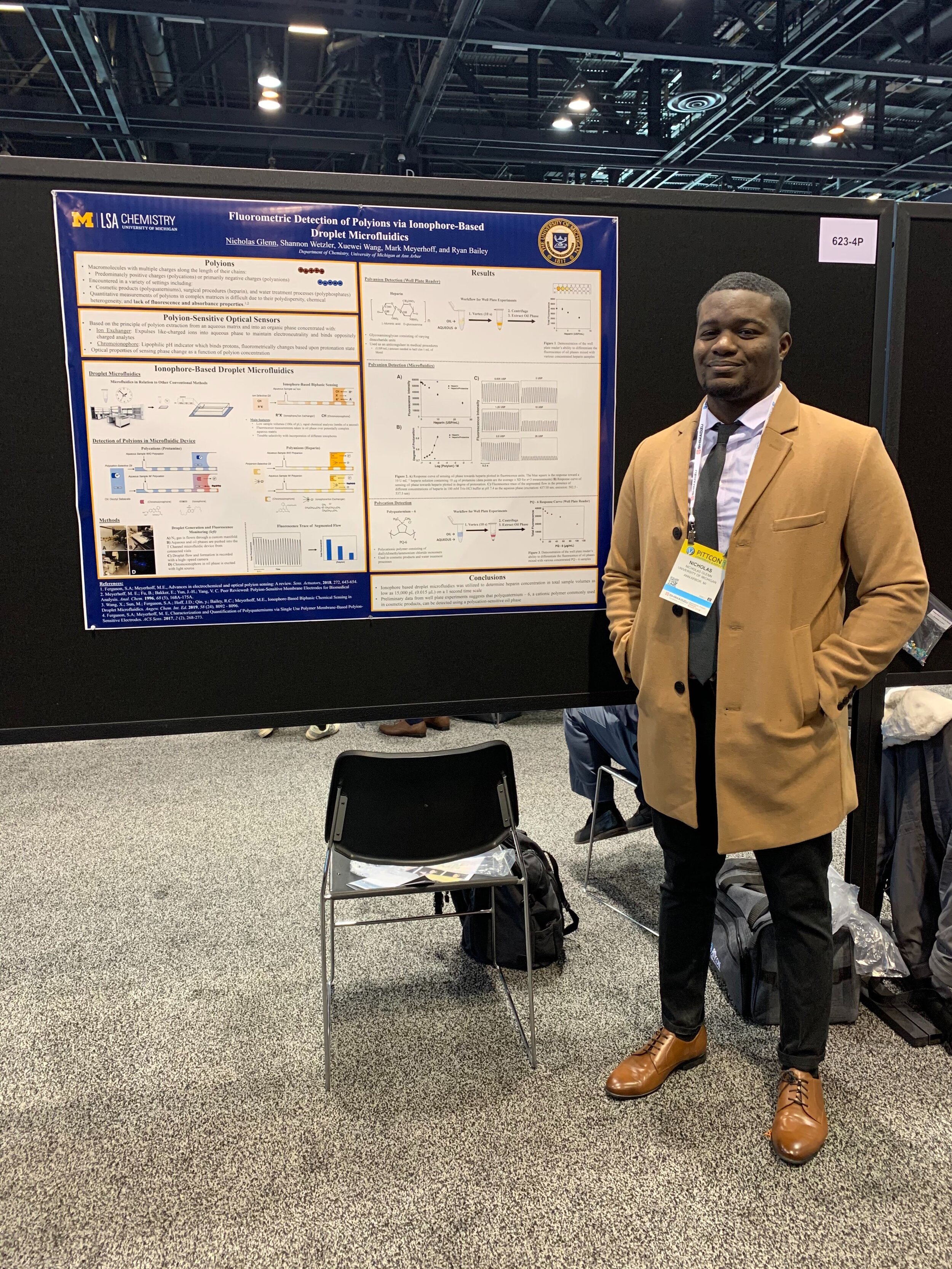C3PE: counter-current continuous phase extraction for improved precision of in-droplet chemical reactions
Abstract
To improve tools for controlling and optimizing miniaturized chemistry, a novel oil extraction architecture, designated as the Counter-Current Continuous Phase Extraction (C3PE) module, was developed to enable precise control over reaction incubation in water-in-oil droplet microfluidic reactors. Using a symmetric pillar array coupled to adjustable oil flows prevented sample loss and droplet breakup, even at high final volume fractions, and cross-flow added novel stabilization of oil extraction against instability in control pressures. By integrating this dynamic functionality, C3PE enabled rational selection of the oil extraction magnitude across a range of achievable final droplet volume fractions (up to 85%) when processing droplets at 40–200 Hz. Further, this versatile device handled many droplet sizes (70–500 pL demonstrated here). Next, this approach to controlling droplet volume fraction enabled incubation time monitoring and optimization when coupled to a K-channel direct injection feature to label selected droplets. In profiling system characteristics like volume fraction, channel geometry, and continuous phase viscosity, this technique provided a powerful tool to control, measure, and improve incubation performance. Finally, applying C3PE principles to an in-droplet β-galactosidase enzyme reaction (useful in immunoassay systems) increased product formation while significantly decreasing variance in product yield among droplets relative to a non-extracted comparison. We envision that this method will inform future design and implementation of high precision in-droplet chemistry while being of general interest in the study of emulsion fluid dynamics.














